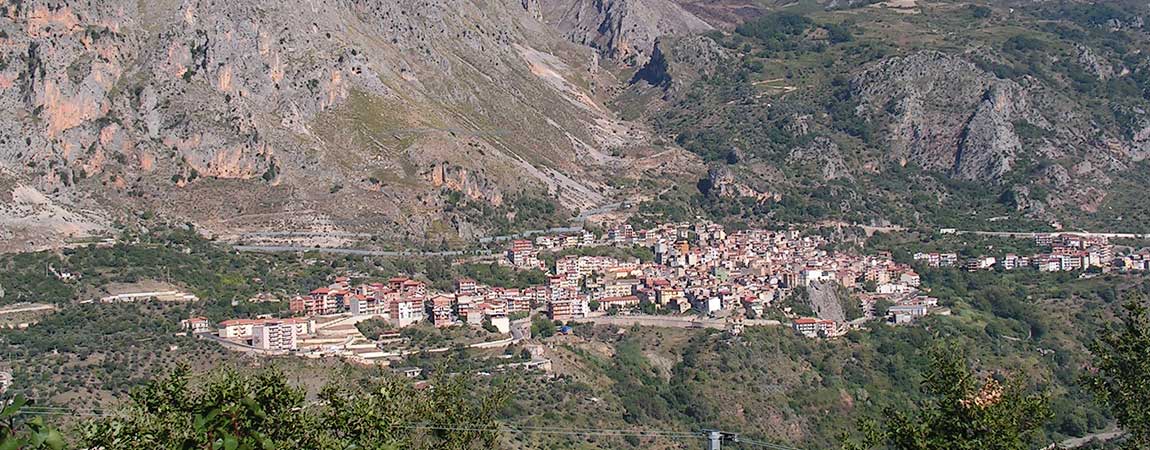
At the foot of the Nebrodi Mountains, in the beautiful province of Messina, there is Alcara Li Fusi, a small village whose origins are lost in history, up to the ancient Greeks.
The traditions, which are confused with the myths and legends of its foundation, are still alive in the country which usually celebrates some special occasions. Here, then, what not to miss in the village and what are the myths about its foundation.
The origins of Alcara Li Fusi
Alcara Li Fusi has very ancient origins: very probably it was one Greek colony. However, literature tells us a much more complex story as according to historians the village was founded by boss, a Greek hero following Aeneas, during the escape from Troy which also took them to Italy. Obviously there are no historical documents that can confirm this hypothesis apart from the name of Castle of Turio with which the remains of a fortification from the Norman era are known, which are still visible in the city area. However, the link with Greece has always been very strong, so much so that according to some the city is none other than Demenna, a Spartan locality. The name Alcara, on the other hand, is clearly Arabic and derives from the term Al Qarya which means city. The addition of Li Fusi is however much more recent in time, practically of Bourbon origin and refers to the flourishing weaving business in the area.
The festivity of the muzzuni and the rite of cumparanza in Alcara Li Fusi
The very ancient history of Alcara Li Fusi can also be seen from the presence of some pagan rituals that still survive, such as the feast of the muzzuni. It is a celebration related to celebrations in honor of the gods of the earth and fertility which is held every year on the night of June 24, which for the Catholic church is dedicated to San Giovanni. On this occasion, the women of the different districts use a jug with a severed neck which is decorated with precious fabrics and the gold and silver of the families of the district. Inside, there are stalks of both barley and wheat which symbolize abundance. The muzzuni are then picked up by a little girl who impersonates a pagan priestess and then placed on a small altar. Around are the citizens of the village who launch themselves into ritual dances to propitiate good luck. The next day, however, yes celebrates Saint John the Baptist decapitated and there is a habit of tightening the pact of cumparance, i.e. an agreement of friendship and mutual aid between people.
What to see in Alcara Li Fusi
Those who want to discover the rites of the feast of San Giovanni more closely can take advantage of their presence in Alcara Li Fusi to discover other beauties of the place. In particular, it is very fascinating Church of Santa Maria SS Assunta, built in the sixteenth century, but also the Church of San Pantaleone Martyr, whose structure and above all the bell tower date back to 1667. The older neighborhood of the village is that of Motta, where the Castel Turio, which probably dates back to the Middle Ages. Very particular, however, are the Abbot Fountain and Wash house, probably from the Renaissance period but still perfectly functional.
What to eat in Alcara Li Fusi
A trip to these parts to discover the beauties of the place could also be the right occasion to taste some typical dishes that tell the story of these lands. In particular, among the specialties of Sicilian cooking of this area that must absolutely be tasted there is the walled meat, which is a dish based on meat and potatoes, embellished with spices and herbs. Even the wild fennel meatballs they are a delicacy not to be missed also because in the area there are very good spontaneous ones. And to close the meal on a sweet note, cannoli with sheep's milk ricotta cannot be missing.
How to get to Alcara Li Fusi
Those who want to reach the village of Alcara Li Fusi to discover the beauties of this village more closely, can go along by car the road that separates the town from Messina through the A20 and then the E90, the same road that visitors who come from Palermo, Trapani and Catania must take. From Syracuse, on the other hand, the route to take first involves the E45 and then the E90, while from Enna it is only necessary to follow the SS117.
Alcara Li Fusi does not have its own train station but those who want to reach the village on the train can refer to the stations of Sant'Agata di Militello, Zappulla or Terranova, and then continue to their destination with the bus premises made available by the AST company.
© Image by Ldi at Italian Wikipedia, Public domain, via Wikimedia Commons









